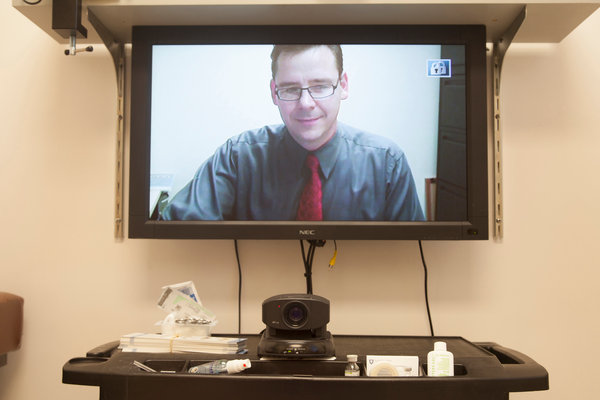 Albert Einstein said, “If at first, the idea is not absurd, then there is no hope for it.” To many, the concept of ClickMedix, to use mobile phones to help a billion people have access to fast, effective, affordable health care, was at first absurd. Today, with published success in a number of pilots, reach in over seven countries and partners that include Nobel Laureate Muhammad Yunus’s Grameen Health, there is an abundance of hope for this idea. Click here to read the full Huffington Post Impact Blog article.
Albert Einstein said, “If at first, the idea is not absurd, then there is no hope for it.” To many, the concept of ClickMedix, to use mobile phones to help a billion people have access to fast, effective, affordable health care, was at first absurd. Today, with published success in a number of pilots, reach in over seven countries and partners that include Nobel Laureate Muhammad Yunus’s Grameen Health, there is an abundance of hope for this idea. Click here to read the full Huffington Post Impact Blog article.
-
In the News
-
Nobel Prize Winner Sets Sights on Fixing U.S. Healthcare
Wed, Jul 10th, 2013 Having heard Clay Christensen expound on disruptive... more »
-
Nobel Prize winner brings affordable health care to the U.S.
Fri, Jun 21st, 2013 Nobel peace prize winner Muhammad Yunus is no... more »
-
WHO report highlights violence against women as a ‘global health problem of epidemic proportions’
Fri, Jun 21st, 2013 New clinical and policy guidelines launched to guide... more »
-
-
Grameen Health Blog















